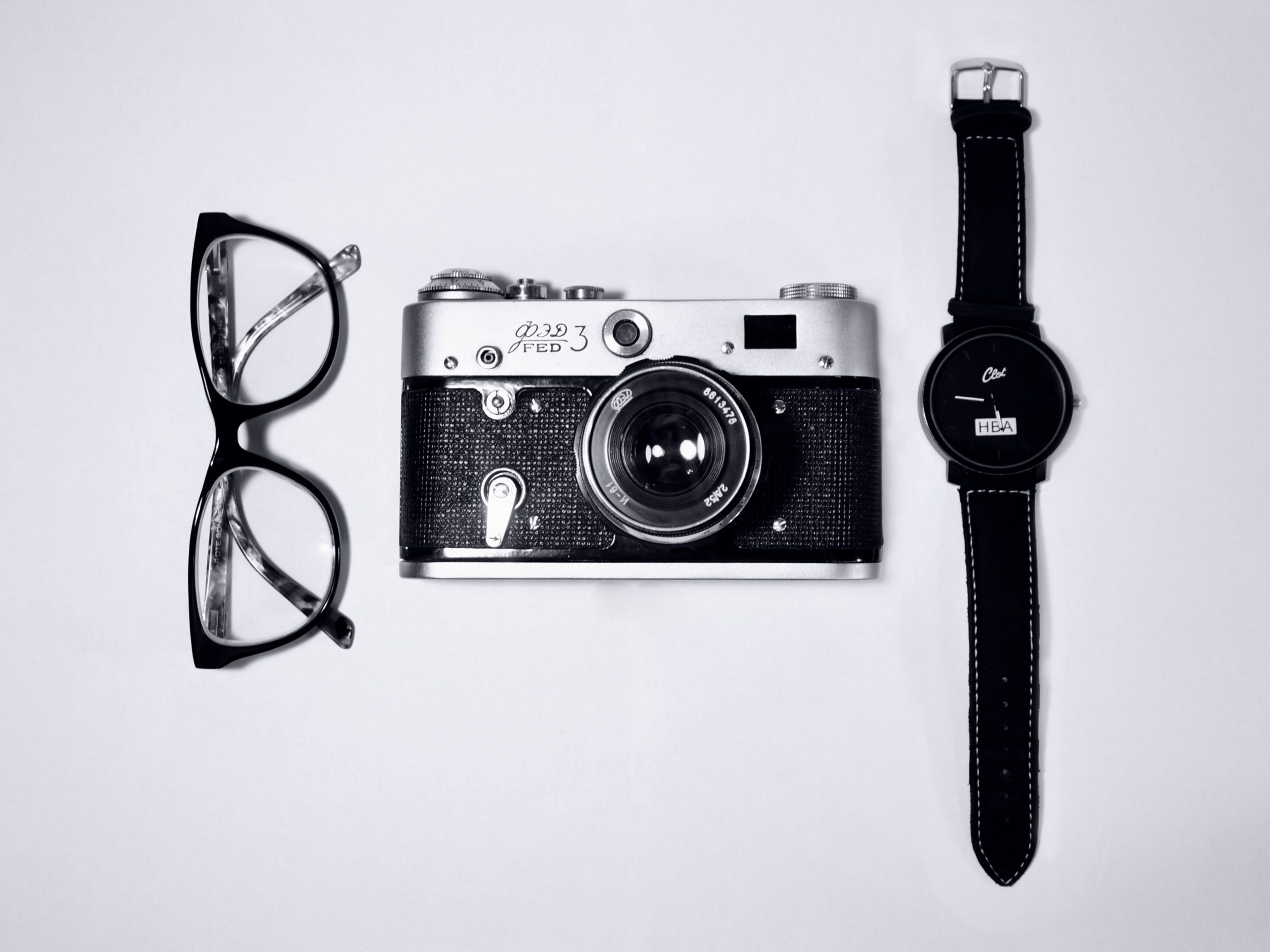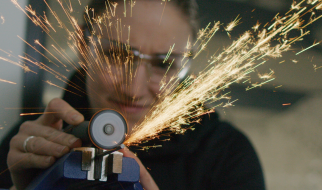
Design is everywhere: from your favourite video game to the shape of your shoes, everything you use has been thought, designed, tested, and probably redesigned to offer you a quality user experience.
?The alternative to good design is always bad design. There is no such thing as no design.? ? Adam Judge, author
Now, what makes a design good or bad? And how does this impact our daily lives?
In this article, I will try to answer these questions by discussing Design Principles, and link them with real-life examples of products with which I personally had a good or a bad user experience.
What is ?good? design?
Dieter Rams, a German industrial and functionalist designer, expressed in the late 70s his idea of good design through his famous ?10 Principles for Good Design?: a simple and clear list of key points, which still remains a source of inspiration for designers today.
 Dieter Rams? 10 Principles of Good Design
Dieter Rams? 10 Principles of Good Design
Inspired by Rams? principles, I tried to think about my experience with products I liked: why was the experience awesome? What do they have in common? And which quality would I like to see in a product to consider it well-designed?
As a result, I tried and create my own list of 10 Design Principles:
- Good Design is inclusive
- Good Design is stress-free
- Good Design is intuitive
- Good Design is a problem-solver
- Good Design is sustainable
- Good Design is friendly
- Good Design satisfies the senses
- Good Design is altruist
- Good Design blends into the environment
- Good Design is thoughtful
Of course, there are many possibilities and iterations of Rams? principles. Even if some may come across as universal or ?common sense?, every designer has her/his own feeling and view on why a product is well-design or not. I?d be interested to hear about yours, feel free to be critical of my list above! ?
Good VS. bad design: 6 examples of products
Now, I will tell you about my personal experience with some examples of products. Pretty sure you?ll also relate for some of them!
My examples of good user experience
K-way
 Source: northernthreads.co.uk
Source: northernthreads.co.uk
If I tell you I?m from Brittany, I?m sure you?ll understand why this product has been particularly dear to me.
Jokes aside, this hooded raincoat is not only practical to protect one against the rain, but also easy to carry as it fits into a pocket?.which is the jacket itself. In other words, a self-transportable jacket that you can attach around your waist instead of keeping it on you all the time. Smart.
4-wheel suitcases
 Source: Picclick
Source: Picclick
Who hasn?t struggled with a heavy or falling suitcase at the airport, or with threading your way through a busy street when you have to haul a suitcase that is 2 meters behind you?
A 4-wheel base is a great feature in luggage design in my opinion, and it made lots of my trips much easier by solving the above-mentioned pain points!
Tissue box
 Source: Winc.com
Source: Winc.com
When you think about it, having a tissue ready to grab when you need it ? while keeping the others protected in the box ? is something really convenient when you are in an urgent need of one (and winter is coming soon).
Although a box like this one may not fit into your pocket, it is a really useful product to have at home or at work ? and it still fits in a bag.
My examples of bad user experience
Multiplugs
 Source: manutan.fr
Source: manutan.fr
Most (all?) multiplugs have outlets that are VERY close to each other, which can be a real pain when you need to use many of them at the same time, since a lot of chargers ? especially when you?re abroad and using an adapter ? are too big to fit next to each other, without risking damage by being pushed on the side. (Please Mac charger, don?t die ?)
Toothpaste tubes
 Source: mywindowsill.com
Source: mywindowsill.com
I know I?m not the only one who struggles to get a tiny bit of toothpaste when it comes to the end of the tube, and gets that feeling of ?so much effort for?this??
And eventually ends up, in a moment of despair, taking my scissors and realise how much was would have been wasted otherwise?before throwing the open tube away even though there is still some left inside.
?OK, it doesn?t happen such a dramatic way. But I?m pretty sure there is something to improve here!
The new cap on Cristaline?s water bottles
 Source: Staples FR
Source: Staples FR
Unlike the classic cap, this one ?clips? to open and close the bottle. Not practical at all when the bottle is full, since you need to be extra careful not to spoil too much on the floor with this barely controlled opening. Not practical either to drink, or to put in your bag as it often leaks.
The original reason of this redesign was, however, honourable: avoid losing caps in the nature, which end up eaten by animals.
But the new cap has been so controverted that customers even started a petition to have the old caps back?!
Through these simple examples, we can see how much design impacts our daily lives. It is often easier to spot bad design since it is synonym of pain or frustration, than good design ? when something works as intended, the action usually becomes part of a routine.
And you, which products did you have memorable experience with?
Thanks for reading! ?


